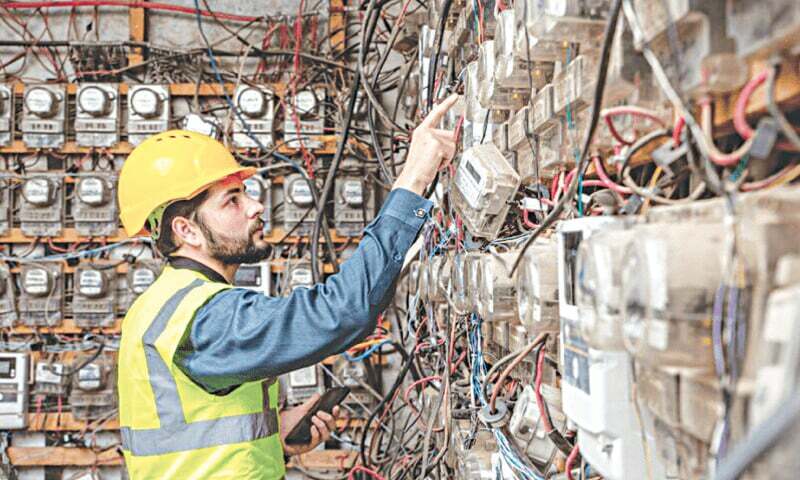
[ad_1]

ISLAMABAD: The electricity demand has officially crashed and it would more than nullify a nominal decline in fuel cost next month through a subsequent higher increase in quarterly tariff adjustment, apparently due to induction of 21,000MW of generation capacity in last six years — equal to preceding 70 years since 1947.
This was the crux of a public hearing called by the National Electric Power Regulatory Authority (Nepra), presided over by its chairman Waseem Mukhtar, on Thursday.
Three provincial members — Mathar Niaz Rana, Maqsood Anwar Khan and Rafique Shaikh — also attended the meeting.
This coincided with a decision by the regulator to allow the National Transmission and Dispatch Company (NTDC) to prepare a Rs352 billion three-year investment plan (FY23 to FY2024-25) for removal of critical constraints, mostly between generation centres in the country’s south and load centres in the north.
Among others, Dr Fiaz Chaudhry, who was sent packing in May 2017 as managing director of NTDC by the PML-N government after he raised red flags over a “looming capacity trap”, was a special invitee to the deliberations. He has now been rehired as NTDC chairman.
Unfortunately, none of the participants had definitive answers to the crash in energy demand, although their guesswork ranged from unaffordable energy, deindustrialisation and poor business conditions to the gas-based captive power plants, solarisation and even induction of furnace oil-based captive plants by the industrial sector.
The government side hinted at offering special packages for industrial revival that would be subject to IMF clearance, thought to be highly unlikely.
The consensus was to have an expert study based on ground surveys to identify the exact problems before some corrective measures could be planned to avoid past mistakes.
Rehan Akhtar, the chief executive officer of Central Power Purchasing Agency (CPPA), told the hearing that 57 paise per unit (about Rs7.3bn against 12.7bn units) lower FCA had been proposed for consumption in August, but given an existing 37 paise per unit negative FCA in September bills, the net reduction would be 20 paisa per unit.
Even half of this would not flow to consumers because negative FCA is not applicable to domestic consumers of less than 300 units, agricultural consumers and some others for being already subsidised.
It was noted that consumption in August was 17.4 per cent lower year-on-year, but it was 20.2pc lower than target sales. An official attributed the drop in demand to a relatively mild August this year, saying the previous month was the second wettest, and the fifth coolest, August over the past 64 years.
Published in Dawn, September 27th, 2024
[ad_2]
Source link






